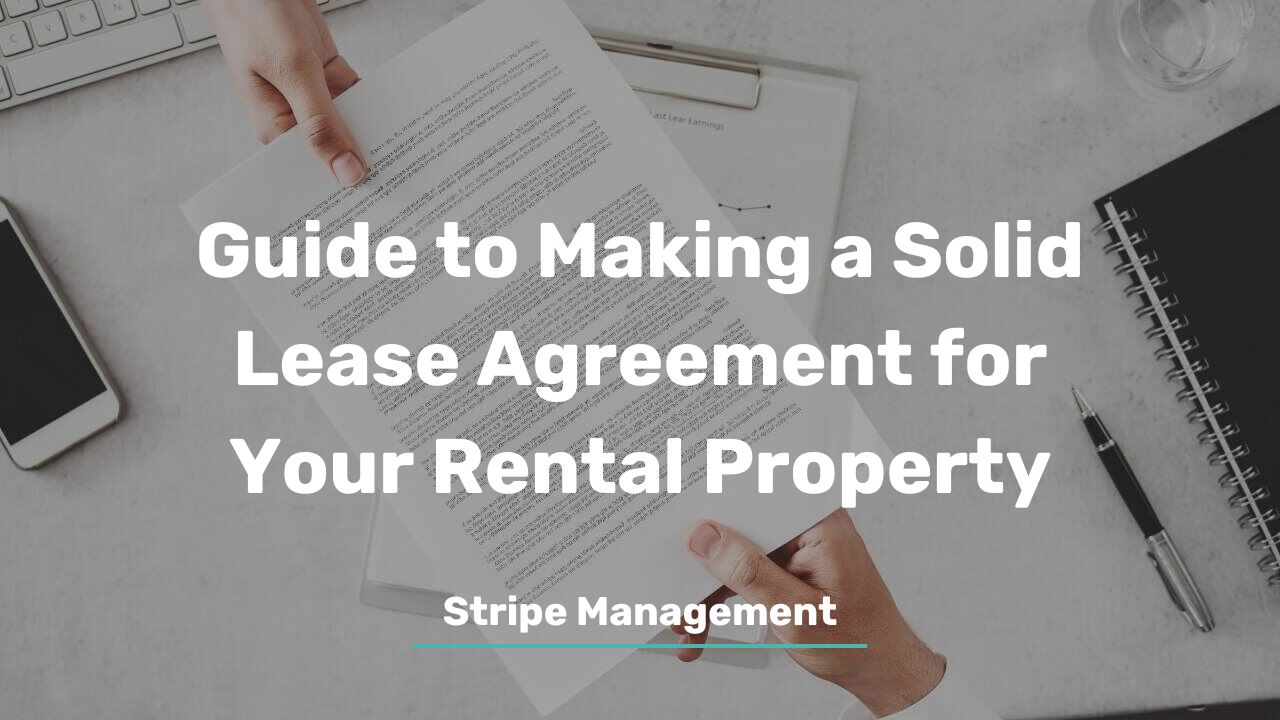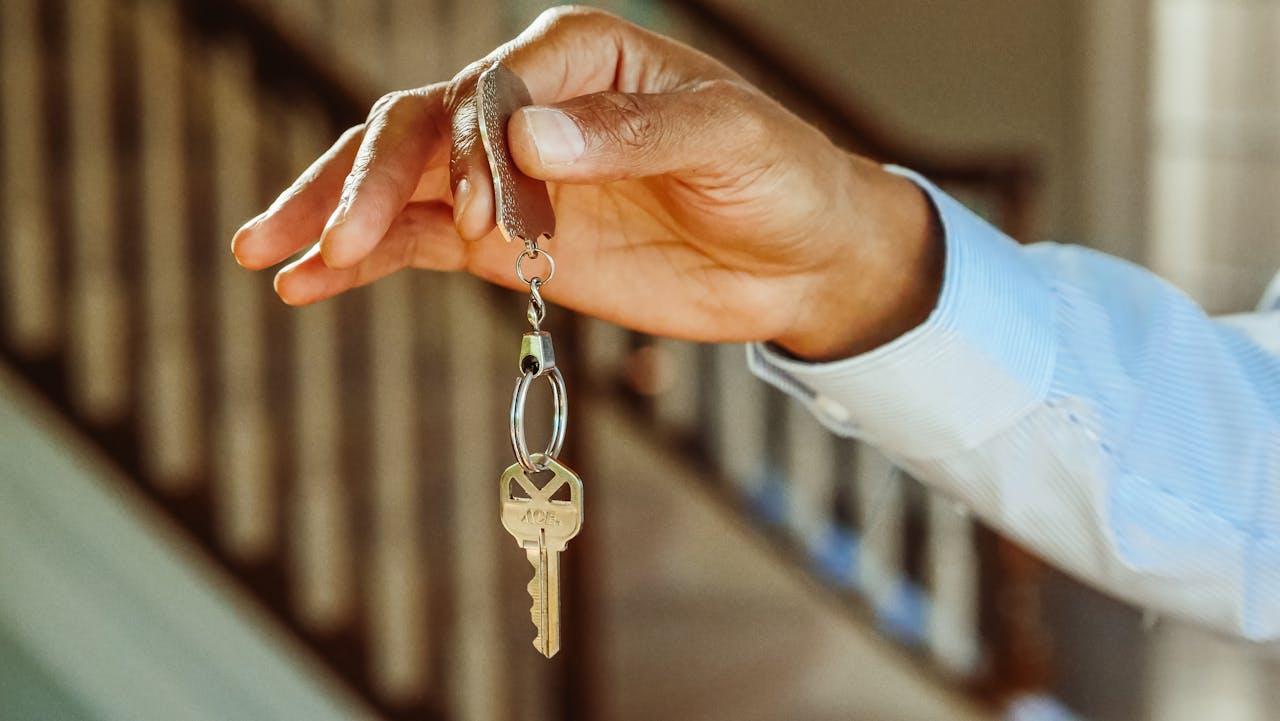
Key Takeaways
- Clear Lease Terms Are Essential: A solid lease agreement outlines key details such as rent, lease duration, property use, and tenant responsibilities, ensuring both parties are on the same page.
- Legal and Local Compliance: Ensuring the lease complies with local laws and regulations is crucial for avoiding disputes and maintaining enforceability.
- Regular Updates and Professional Review: Lease agreements should be periodically reviewed and updated, ideally with a legal professional, to reflect changes in laws and best practices.
- Maintain Documentation: Keep accurate records of the lease agreement, payments, and communication to protect both parties in case of legal issues.
When renting out your house, establishing a clear and comprehensive lease agreement is crucial for the successful management of rental properties.
A well-crafted lease not only outlines the expectations and responsibilities of both landlords and tenants but also serves as a legal safeguard against potential disputes. By detailing the terms of tenancy, payment obligations, and property use, landlords can ensure a smooth and professional relationship with their tenants.
In the absence of a solid lease agreement, misunderstandings can arise, leading to conflicts that may require legal intervention. For instance, issues such as unauthorized property alterations, late rent payments, or misuse of the premises can be effectively managed or prevented when clearly addressed in the lease.
Investing time and effort into creating a thorough lease agreement is an essential step for any landlord aiming to protect their investment and maintain positive tenant relations. Keep on reading this article by Stripe Management to learn more about how to create a solid lease agreement.
Key Components of a Solid Lease Agreement
Identification of Parties
Clearly state the full names of all adult tenants and the landlord. This ensures that all parties are legally recognized and accountable for adhering to the lease terms.
Property Description
Provide a detailed description of the rental property, including the exact address and any specific areas included in the rental (e.g., parking spaces, storage units). This eliminates ambiguity about what the tenant is entitled to use.
Lease Term
Specify the duration of the lease, whether it’s a fixed-term lease (e.g., one year) or a month-to-month agreement. Clearly outline the start and end dates to establish the tenancy period.

Rent Details
Outline the amount of rent, due date, acceptable payment methods, and any late fees or grace periods. This section should also address potential rent increases and the notice period required for such changes.
Security Deposit
Detail the amount of the security deposit, the conditions under which it can be withheld, and the timeline for its return after the lease ends. Some regions have specific laws governing security deposits, so ensure compliance with local regulations.
Maintenance and Repairs
Clarify the responsibilities of both landlord and tenant regarding property maintenance. Specify who is responsible for routine upkeep, repairs, and how maintenance requests should be handled.
Use of Property
Define acceptable uses of the property, including restrictions on illegal activities, noise levels, and guidelines for common areas. This helps maintain a respectful living environment for all residents.
Pet Policies
State whether pets are allowed, any restrictions on types or sizes of pets, and additional pet deposits or fees required. Clear pet policies prevent misunderstandings and potential property damage.
Subletting and Assignment
Indicate whether subletting is permitted and under what conditions. This allows the landlord to oversee and approve any new occupants in the rental unit.
Termination Clause
Describe the conditions under which the lease can be terminated by either party, including notice periods and any penalties for early termination. This provides a clear exit strategy for both landlord and tenant.

Essential Clauses to Include in a Lease Agreement
To ensure legal clarity and prevent potential disputes, landlords should include the following essential clauses in their lease agreement:
Rent Increase Clause
Specify the conditions under which rent may be increased, including the required notice period and the maximum allowable increase under local laws.
Late Fee Policy
Clearly outline the penalties for late rent payments, including the amount of the late fee and the date it becomes applicable. This encourages timely payments and prevents disputes.
Entry and Inspection Rights
Define the landlord’s right to enter the property for inspections, repairs, or emergencies. Ensure this clause complies with local laws regarding advance notice to tenants.
Property Alteration Restrictions
State whether tenants are allowed to make alterations to the property, such as painting walls or installing fixtures. If modifications require landlord approval, outline the process for obtaining consent.
Guest and Occupancy Limits
Specify the maximum number of occupants allowed and set a time limit for guest stays to prevent unauthorized long-term occupants.
Legal Considerations and Best Practices
Compliance with Local Laws
Ensure that the lease agreement complies with all applicable local, state, and federal laws. This includes regulations on security deposits, eviction procedures, and habitability standards.
Understanding and following legal requirements will help prevent legal disputes and ensure the lease agreement is enforceable in court.
Clear and Unambiguous Language
Use simple and straightforward language to avoid misinterpretations. Avoid legal jargon that may confuse tenants. A well-written lease should be easy to read and understand for both parties.

Regular Updates
Periodically review and update the lease agreement to reflect changes in laws or property policies. Laws regarding rental properties can change, and ensuring compliance helps protect the landlord from potential legal consequences. Keeping lease agreements up to date also allows for adjustments in rent, security deposit policies, or tenant obligations as needed.
Professional Review
Consider having the lease agreement reviewed by a legal professional experienced in landlord-tenant law. This adds an extra layer of protection and ensures all legal aspects are covered.
Enforceability and Documentation
Ensure that both the landlord and tenant sign the lease agreement, and provide each party with a copy. Maintain accurate records of all agreements, rent payments, and correspondence to protect against potential disputes. Keeping a paper or digital trail of transactions and communications can be useful if any legal issues arise.
Bottom Line
Crafting a solid lease agreement is fundamental to effective property management. By meticulously detailing the terms of tenancy, payment obligations, maintenance responsibilities, and legal considerations, landlords can foster transparent and harmonious relationships with their tenants.
At Stripe Management, we understand the complexities of property management and the importance of comprehensive lease agreements. By partnering with us, landlords can benefit from our extensive experience and commitment to excellence, ensuring their rental properties are managed efficiently and effectively.
Take the next step in securing your rental investment by contacting Stripe Management today. Let us help you create a lease agreement that provides peace of mind and sets the foundation for successful landlord-tenant relationships.
